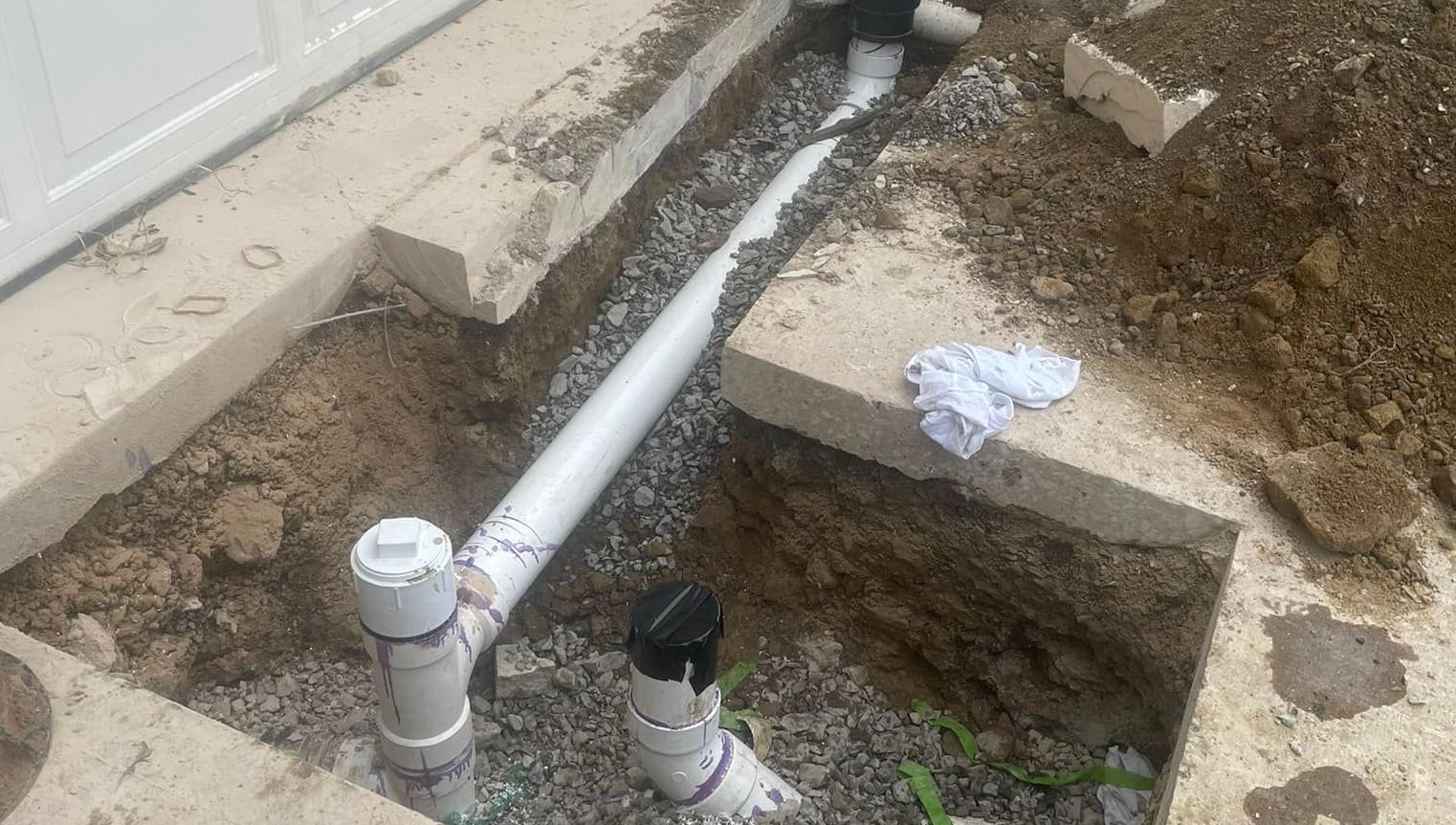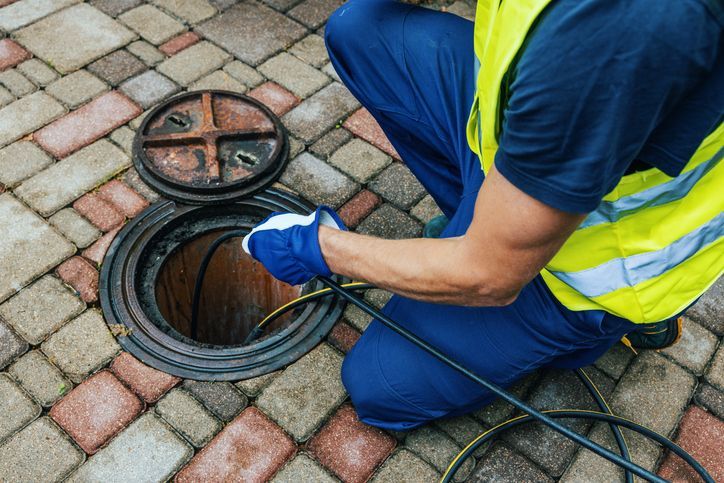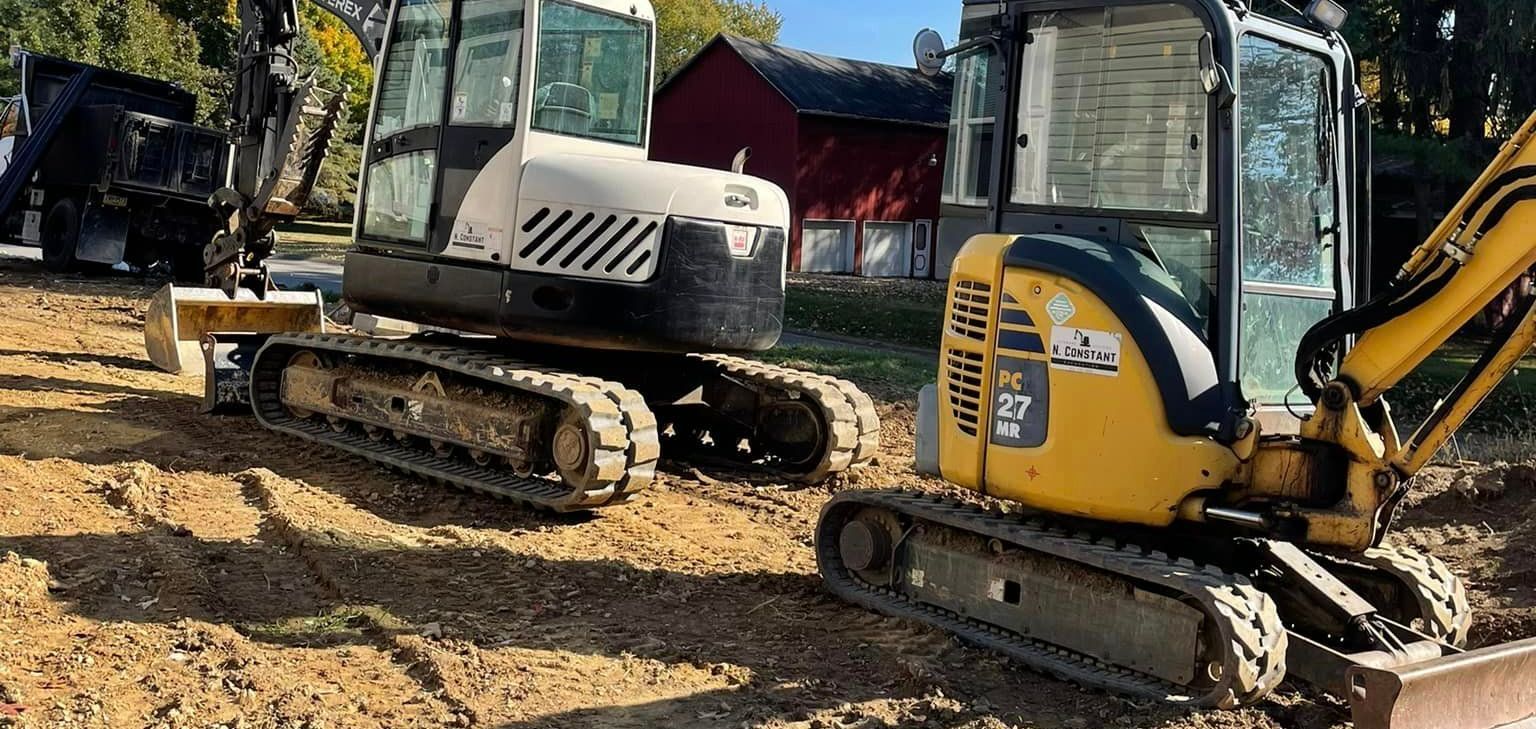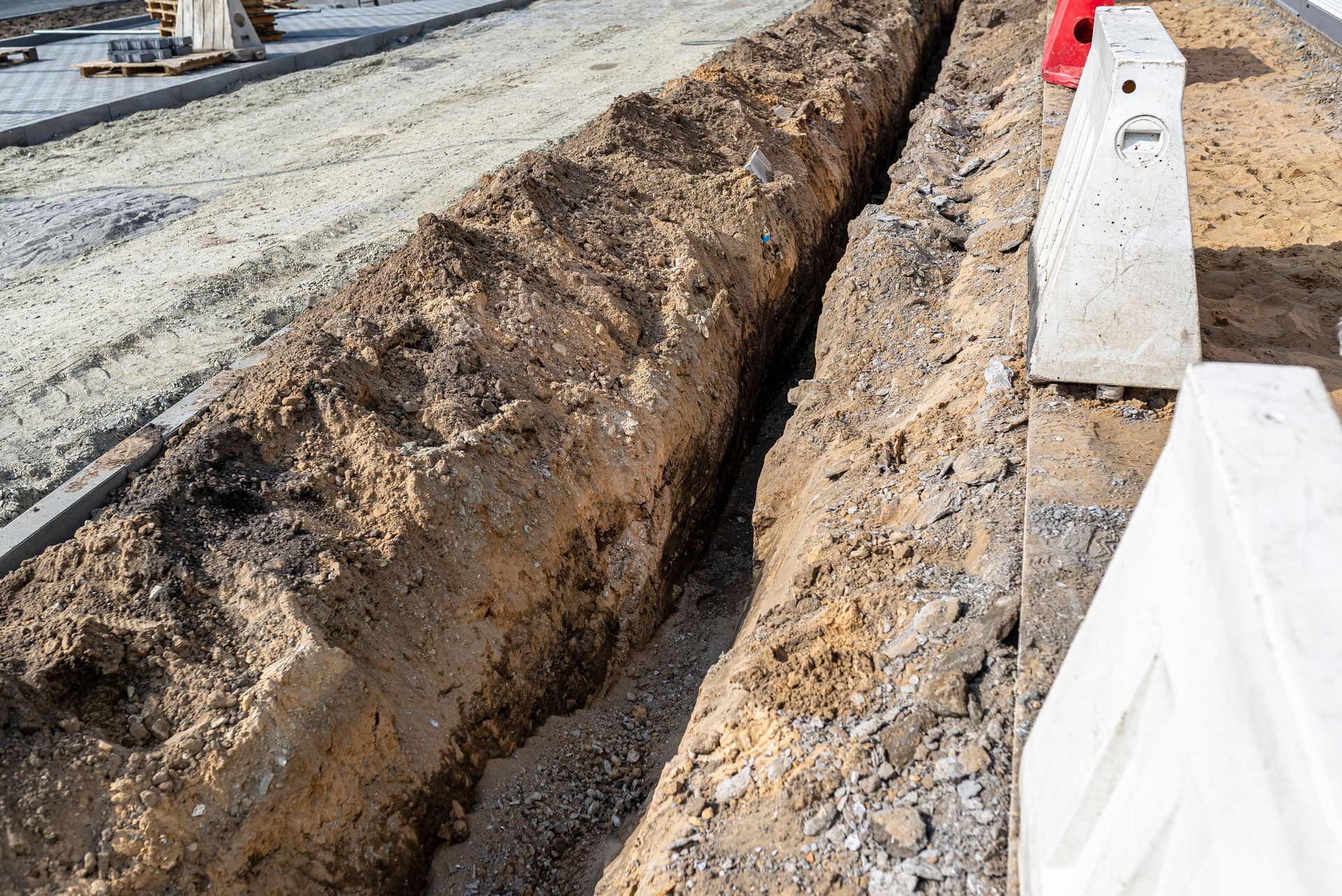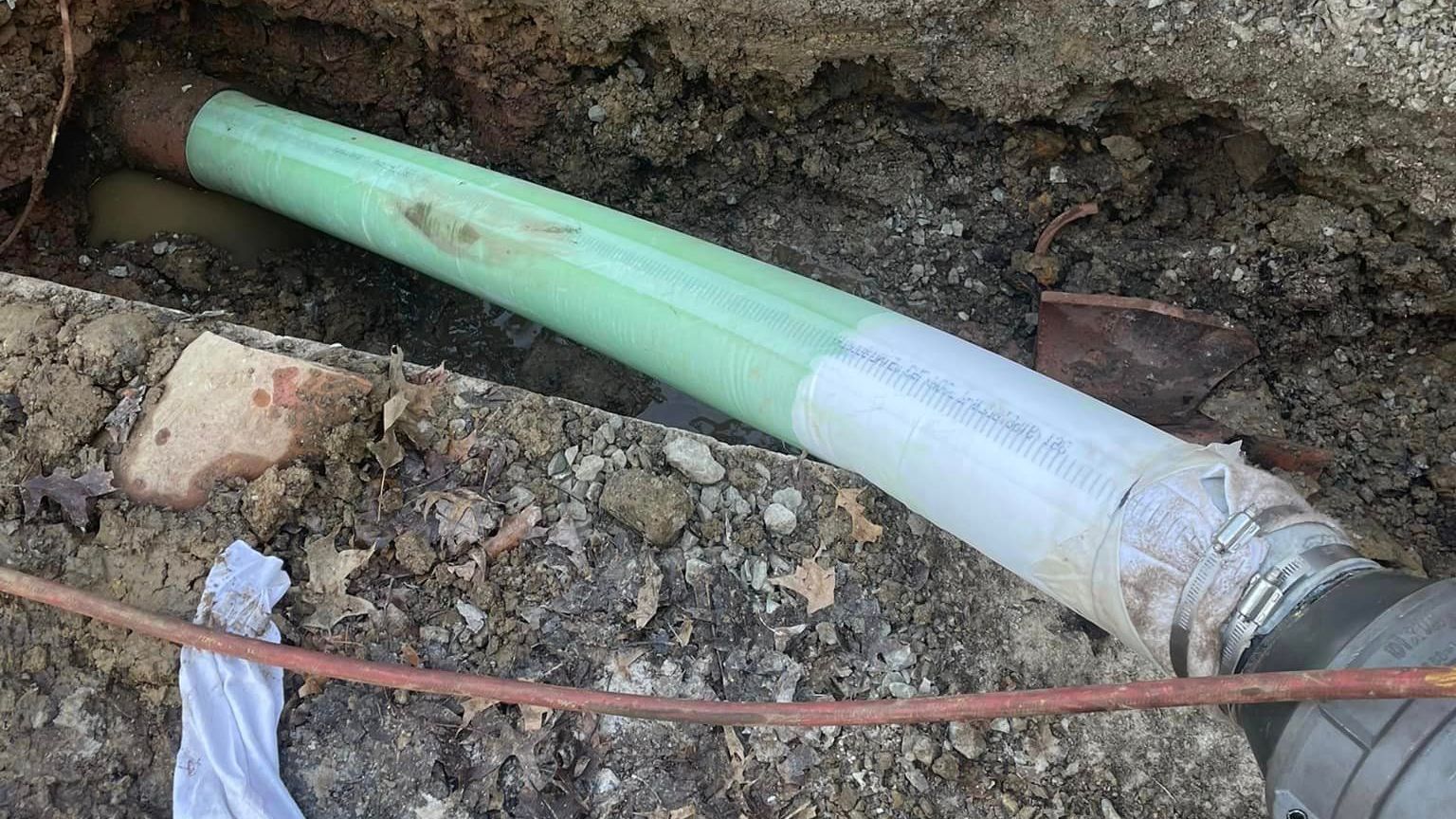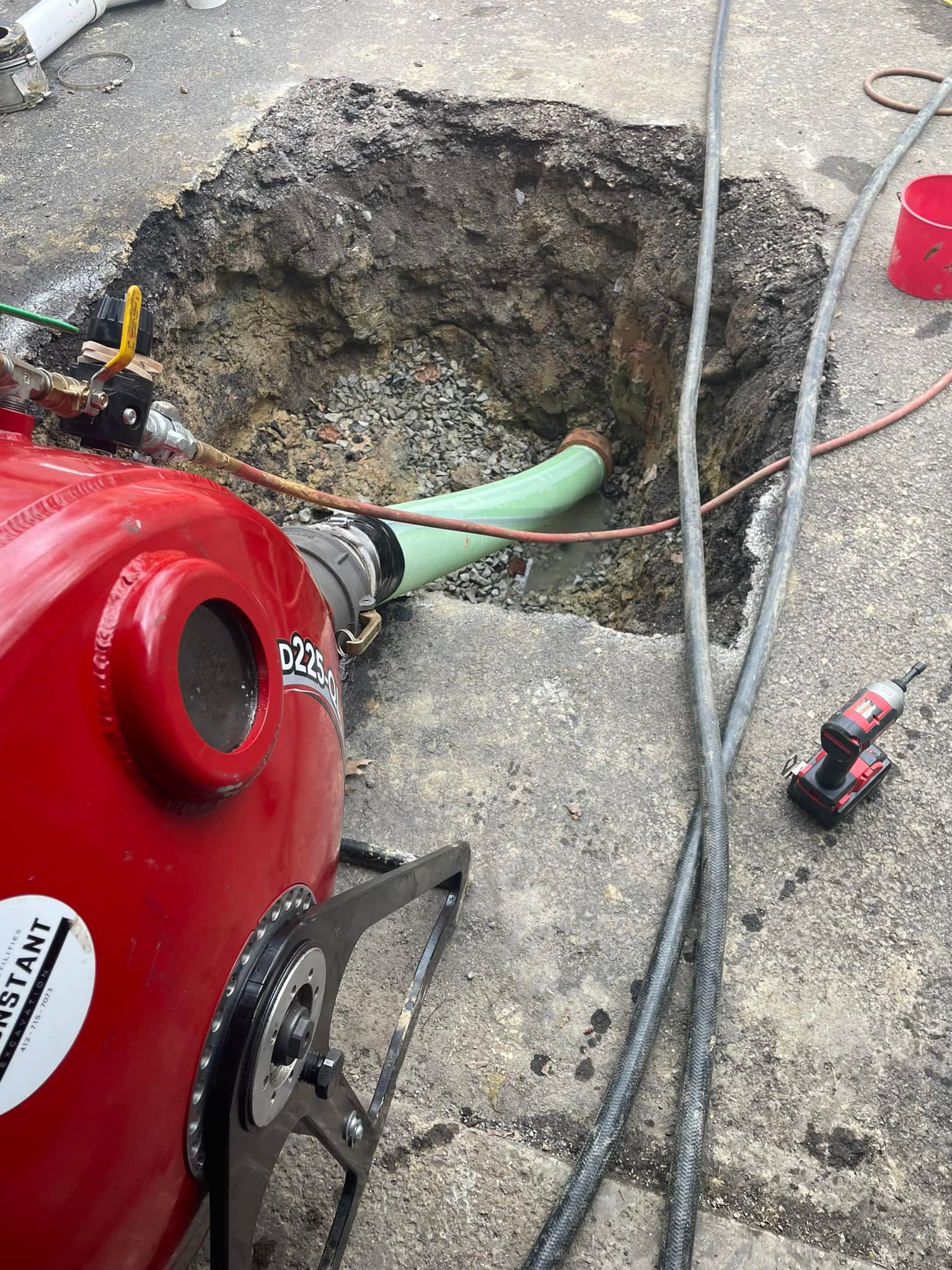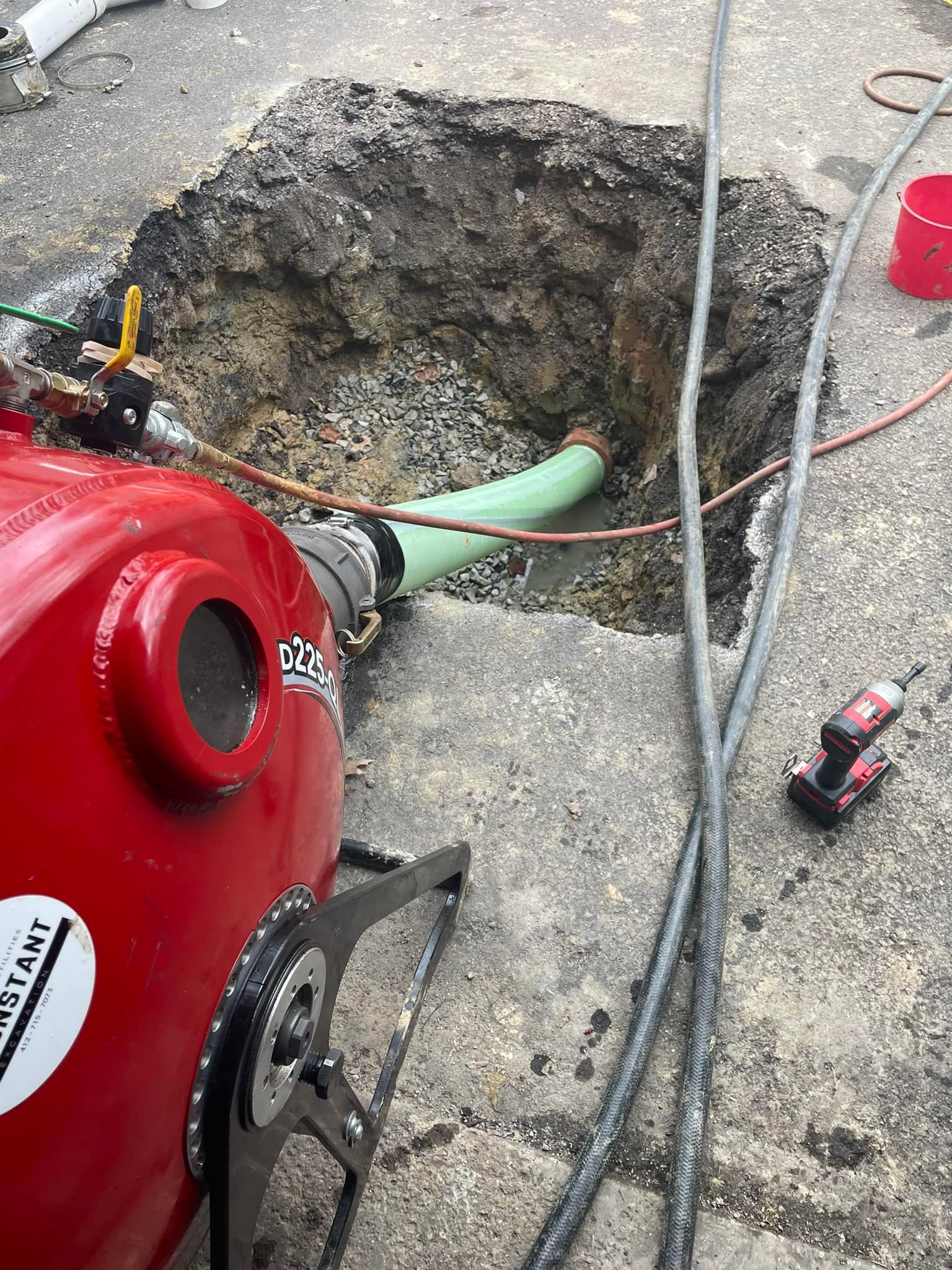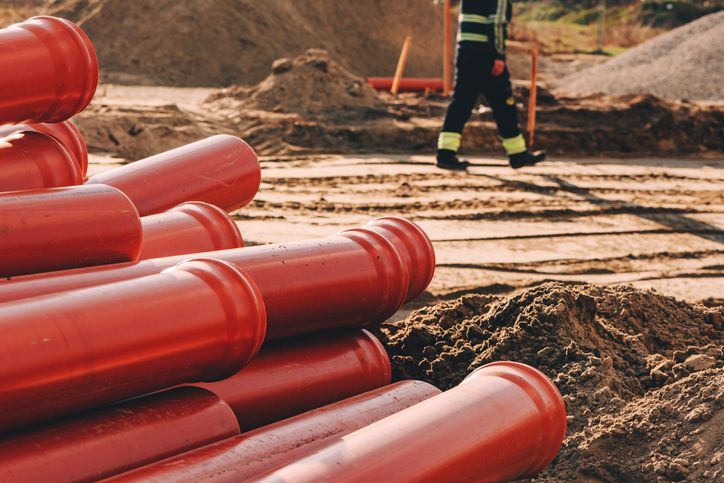What is Dye Testing and When Should I Use It?
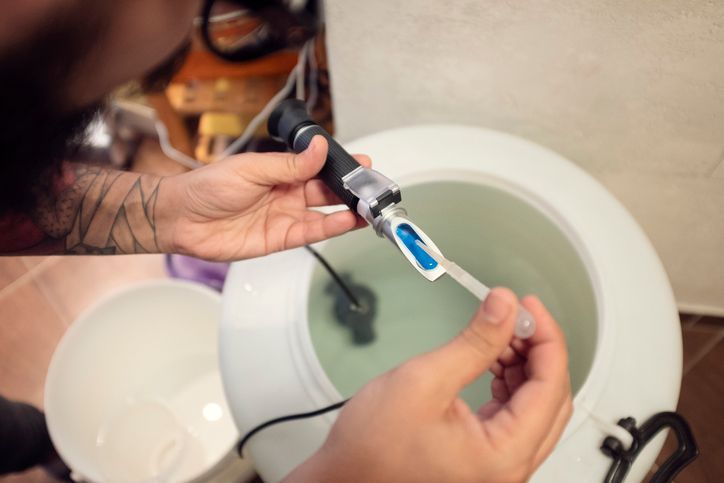
When it comes to ensuring that your property's drainage and sewer systems are functioning correctly, one of the most effective tools available is a dye test. This process helps to identify any leaks, cross-connections, or illegal discharges in your plumbing systems, which can be critical for maintaining the integrity of your property and the surrounding environment. At N. Constant Excavation, we often recommend dye testing for property owners who want to be proactive about their plumbing systems or are required to meet specific municipal or regulatory requirements.
How Does Dye Testing Work?
A dye test involves introducing a non-toxic, brightly colored dye into your drainage or sewer system. The dye is typically flushed down a drain or inserted directly into the sewer system through access points like manholes or cleanouts. Once the dye is introduced, it will travel through the pipes, following the flow of water.
During the test, an inspector will monitor various parts of your system, including storm drains, downspouts, and nearby waterways, to see if the dye appears where it shouldn't. The appearance of the dye in unintended areas indicates a problem, such as a leak, illegal connection, or cross-connection between stormwater and sewage systems.
The test is straightforward but highly effective. It can reveal issues that might otherwise go unnoticed, helping property owners address small problems before they become major, costly repairs.
When Should You Get a Dye Test?
There are several scenarios where a dye test might be necessary or beneficial:
- Property Sale or Purchase: Many municipalities require a dye test as part of the property sale process. This ensures that the property's sewer connections are compliant with local regulations before the transfer of ownership.
- Suspected Drainage Issues: If you've noticed signs of poor drainage, such as slow drains, backups, or water pooling on your property, a dye test can help identify the root cause of the problem.
- Regulatory Compliance: Some areas require regular dye testing to ensure that properties are not contributing to stormwater pollution by improperly connected sewage systems.
- Proactive Maintenance: Even if you're not currently experiencing issues, a dye test can be a smart preventative measure. It can help you catch small leaks or improper connections before they lead to more significant problems.
What Should You Do If You Fail a Dye Test?
Failing a dye test indicates that there's a problem with your property's plumbing or drainage system. Here’s what you should do:
- Consult with a Professional: The first step is to work with a qualified professional, like those at N. Constant Excavation, to diagnose the specific issue. The failure could be due to various factors, such as a broken pipe, illegal connections, or improper drainage systems.
- Plan for Repairs: Once the issue is identified, you’ll need to plan for repairs. Depending on the problem's severity, this could range from minor fixes to more extensive work. Addressing the issue promptly is crucial to prevent further damage or regulatory fines.
- Retest: After repairs are completed, a follow-up dye test is often required to ensure that the issue has been resolved. This step confirms that your property is now compliant and that the repairs were successful.
- Document Everything: Keep detailed records of the failed test, the repairs made, and the results of the retest. This documentation can be essential for future property sales, insurance claims, or municipal compliance.
Need to Dye Test Your Property? Call The Pros.
Dye testing is an invaluable tool for property owners, providing a clear picture of the condition of your sewer and drainage systems. Whether required by regulation or as part of your proactive maintenance routine, a dye test can save you from costly repairs and ensure that your property remains in compliance with local laws. At N. Constant Excavation, we’re here to help you navigate the dye testing process and address any issues that arise, ensuring your property’s drainage system is functioning optimally.

